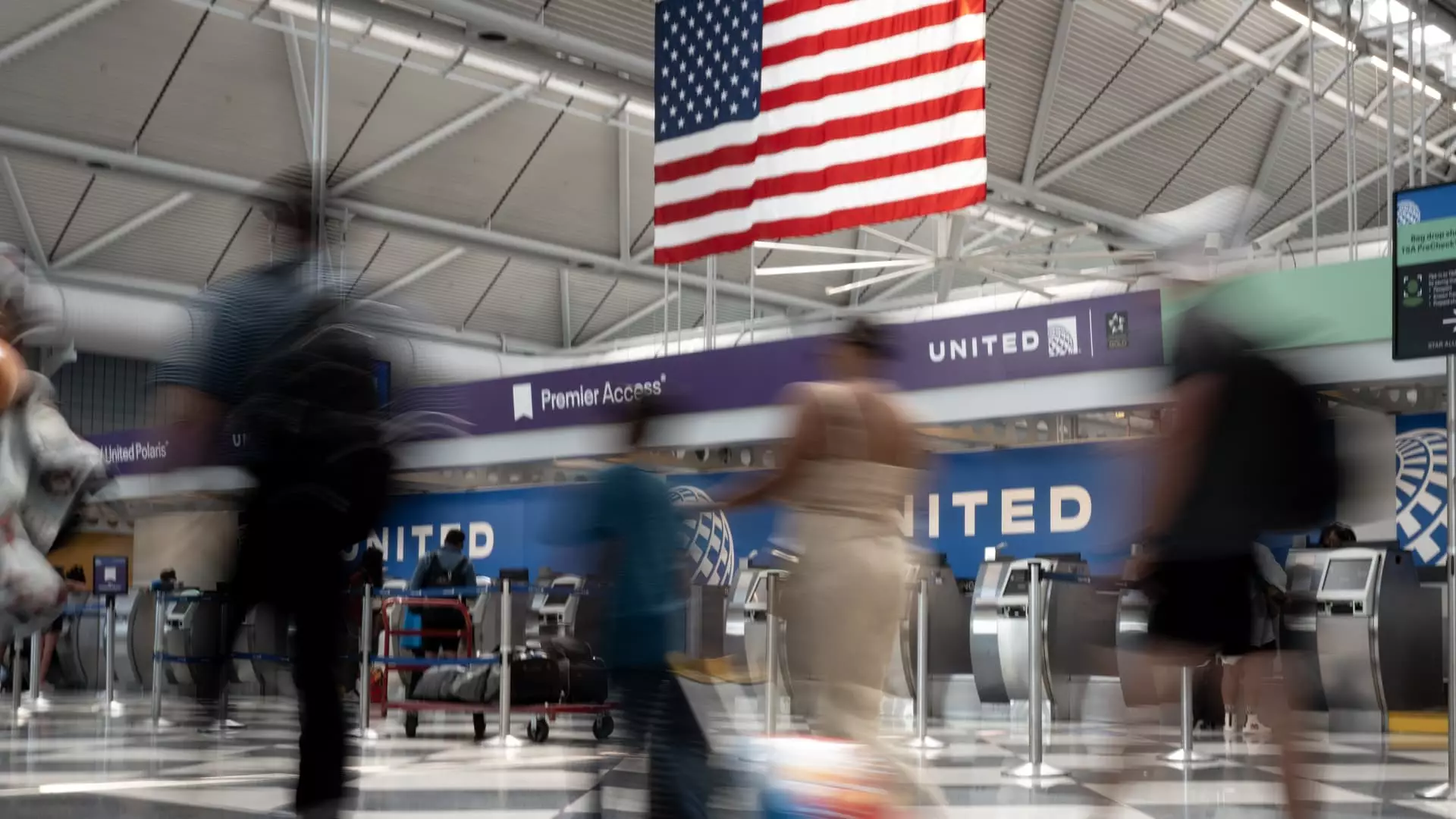The record-setting air travel demand this summer has not resulted in record profits for U.S. airline companies. Despite a surge in demand and forecasted revenue, airlines are struggling with increased labor and operational costs that are impacting their profitability. This disconnect between demand and profitability is forcing carriers to reassess their strategies and make adjustments to remain competitive in the market.
One of the major contributors to the decline in airline profits is the escalating labor and operational costs that have eaten into the airlines’ bottom lines. While some carriers have forecasted record demand and revenue, the higher costs have outweighed the benefits, leading to a decline in overall profitability. In response to slower demand growth and other challenges, some airlines have halted hiring and slowed down expansion compared to their post-pandemic hiring sprees.
Another factor affecting U.S. airlines’ profitability is the delays in receiving new, more fuel-efficient aircraft from manufacturers like Airbus and Boeing. Additionally, a recent Pratt & Whitney engine recall has grounded dozens of jets, further impacting airlines’ operational efficiency. These delays have forced airlines to make do with existing fleets, affecting both their capacity and overall performance.
Despite the increase in capacity and air travel demand, U.S. airlines have been facing challenges in keeping up with their profitability targets. The NYSE Arca Airline Index, tracking mostly U.S. carriers, is down nearly 19% this year, contrasting with the 16% growth seen in the broader market. The uncertainty surrounding the third quarter, with various headwinds such as changes in travel demand and spending patterns, is causing concern among investors and industry analysts.
As airlines gear up to report their quarterly results, industry analysts are closely monitoring the performance of key players like Delta Air Lines, United Airlines, and Alaska Airlines. Delta, considered the most profitable U.S. airline, has been successful in marketing premium seats and striking lucrative partnerships. However, the overall outlook for the third quarter remains uncertain, with potential challenges such as weaker spending from coach-class clientele and changes in corporate travel demand.
In response to the changing market dynamics, airlines are focusing on adapting their business models and exploring new revenue initiatives. Carriers like Southwest Airlines are under pressure to evolve their long-standing business models to stay competitive against larger rivals highlighting growth in premium cabins. Some airlines, including JetBlue Airways and Frontier Airlines, have already started making changes by cutting unprofitable flights and offering bundled fares to enhance customer value proposition.
The challenges faced by U.S. airlines in translating record air travel demand into profitability underscore the complexities of the aviation industry. As carriers navigate through cost pressures, operational challenges, and market uncertainties, it is essential for them to prioritize strategic planning, adapt to changing consumer preferences, and innovate their business models to stay ahead in the competitive market landscape. By addressing these challenges proactively and leveraging growth opportunities, U.S. airlines can overcome the current discrepancies and achieve sustainable long-term success in the industry.

